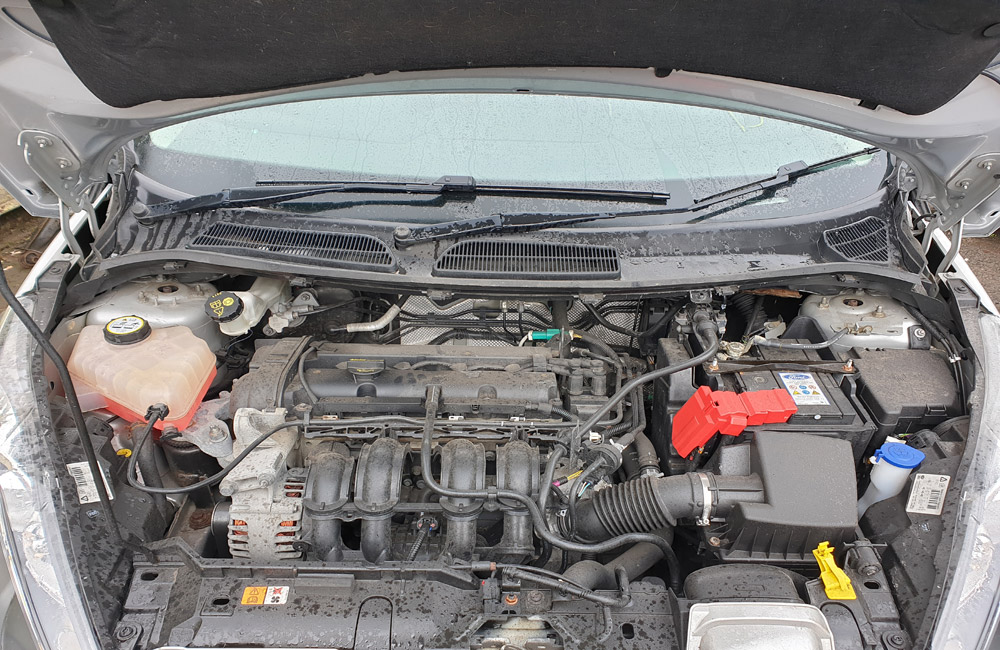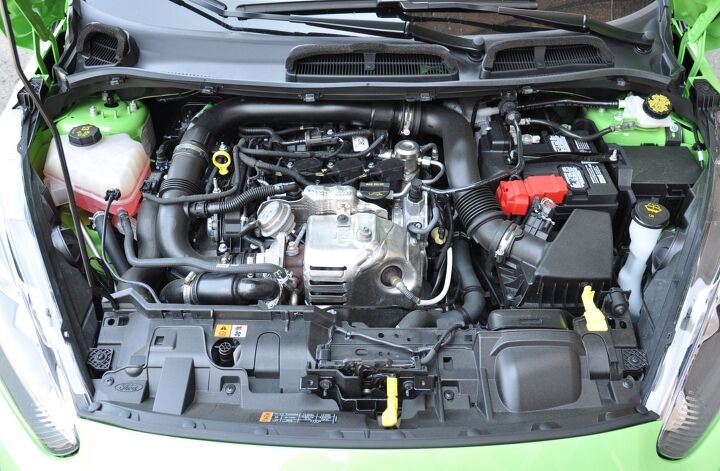The Future of Engines: Innovations Driving Lasting Power Solutions
As the automobile market navigates the essential transition towards sustainability, the future of engines is progressively defined by groundbreaking advancements. Electric engine innovations, along with encouraging growths in hydrogen gas cells and biofuels, are improving the landscape of power solutions.
Electric Engine Developments
The evolution of electric engine developments signifies an essential change in the aerospace and auto industries, driven by the urgent need for sustainable alternatives to fossil fuels. This shift is identified by significant improvements in battery technology, power electronic devices, and electric motor layout, which collectively boost the efficiency and efficiency of electrical engines.
Current developments have actually led to the development of lighter, extra energy-dense batteries, such as lithium-silicon and solid-state batteries, which assure longer arrays and much shorter billing times. Furthermore, enhancements in electric motor efficiency, such as the use of irreversible magnets and progressed cooling down systems, allow electric engines to run properly under differing problems. These improvements not only improve vehicle performance yet likewise contribute to a reduction in overall power usage.
Furthermore, the assimilation of innovative software application algorithms has actually optimized power administration in electrical automobiles, permitting for regenerative stopping and predictive billing strategies. As suppliers increasingly welcome electric propulsion, the auto and aerospace markets are seeing a standard shift in the direction of greener technologies. This advancement not only satisfies governing demands yet also lines up with customer preferences for eco-friendly transportation remedies, solidifying electric engines as a foundation of future lasting movement.
Advancements in Biofuels
As the aerospace and automotive markets significantly prioritize sustainable power resources, developments in biofuels become a complementary option to electrical engines. Biofuels, originated from organic products such as plants, waste, and algae, present a cutting-edge avenue for lowering greenhouse gas exhausts and reliance on fossil gas.
Current research has actually concentrated on improving the effectiveness and sustainability of biofuel manufacturing. Second-generation biofuels use non-food feedstocks, minimizing competition with food supply and decreasing environmental effect. Improvements in synthetic biology have allowed the engineering of bacteria to produce biofuels much more efficiently, leading to higher yields and lower manufacturing costs.
Additionally, the growth of drop-in biofuels enables seamless integration into existing infrastructure, making it possible for a smoother transition for industries generally based on fossil gas. ford fiesta engine. These fuels can be utilized in present engines without alterations, facilitating their fostering throughout various sectors
Investments in biofuel modern technology, together with encouraging plans, are essential to drive development and scalability. As the global community seeks to deal with environment adjustment, biofuels offer a practical, prompt remedy that straightens with the overarching goal of sustainability in transportation and air travel.
Hydrogen Gas Cell Innovation
A growing number of companies and researchers are exploring hydrogen fuel cell technology as a feasible option to conventional source of power in transportation and power systems. This innovation converts chemical power from hydrogen into electrical power through an electrochemical response, with water as the only byproduct, making it an eco friendly choice.
The core of hydrogen fuel cells is the gas cell stack, where hydrogen particles are split right into electrons and protons. The flow of electrons creates electricity, while protons move through a membrane to incorporate with oxygen from the air, forming water. This procedure causes high effectiveness and reduced emissions, positioning hydrogen gas cells as an essential player in the shift to lasting energy.
Considerable advancements have been made in boosting the sturdiness and performance of fuel cells, together with lowering expenses via innovative production strategies. The growth of hydrogen manufacturing approaches, such as electrolysis powered by eco-friendly power resources, enhances the sustainability of the general system. As framework for hydrogen refueling expands and production approaches come to be a lot more reliable, hydrogen gas cell innovation holds excellent pledge for decarbonizing various fields, including durable transportation and fixed power generation.
Hybrid Solutions and Their Effect
Crossbreed systems my latest blog post stand for a substantial development in sustainable engine technology, combining typical inner combustion engines with electric propulsion to maximize power effectiveness and decrease emissions (ford fiesta engine). This double strategy enables cars to make use of both power sources, making it possible for higher flexibility in power intake and decreasing reliance on nonrenewable fuel sources

In addition to ecological benefits, hybrid systems supply customers a feasible shift in the direction of fully electrical cars. They alleviate variety anxiousness by integrating the ease of gasoline with the benefits of electric propulsion, making them an eye-catching choice for a bigger target market.
The Role of AI in Engine Design
Leveraging sophisticated formulas and artificial intelligence strategies, the automotive market is significantly incorporating synthetic intelligence (AI) right into engine layout procedures. AI enhances the effectiveness and efficiency of layout by evaluating substantial site link datasets to identify ideal arrangements and performance parameters. This ability permits designers to simulate various operating conditions and predict engine habits under several situations, significantly decreasing the time and expense connected with typical prototyping approaches.
Furthermore, AI helps with the advancement of innovative materials and burning processes tailored for sustainability. By optimizing fuel efficiency and minimizing discharges, AI-driven designs line up with worldwide campaigns focused on reducing the carbon impact of automotive engines. Artificial intelligence algorithms can likewise anticipate maintenance requirements, leading to enhanced dependability and durability of engine elements.
Moreover, AI is instrumental in the integration of electrification innovations, such as hybrid systems, where it can enhance battery monitoring and power recuperation processes. As the sector relocates towards more sustainable power options, the function of AI in engine layout becomes significantly important, driving development and improving the performance of future engines. Inevitably, the cooperation between AI and engine layout advertises a new era of smarter, cleaner, and extra effective automobile modern technologies.

Verdict
In verdict, the future of engines is being formed by a merging of ingenious innovations that prioritize sustainability. Electric engine developments, biofuel advancements, hydrogen fuel cells, and hybrid systems collectively add to a substantial decrease in discharges and ecological influence.
Electric engine innovations, along with promising developments in hydrogen gas cells and biofuels, are improving the landscape of power remedies. In addition, renovations in electrical motor effectiveness, such as the usage of irreversible magnets and advanced cooling down systems, make it possible for electrical engines to operate effectively under differing problems. By enhancing fuel performance and lessening discharges, AI-driven designs straighten with worldwide initiatives intended at decreasing the carbon impact of vehicle engines. As the industry relocates in the why not find out more direction of more lasting power options, the function of AI in engine design comes to be increasingly essential, driving advancement and enhancing the efficiency of future engines. Electric engine developments, biofuel growths, hydrogen fuel cells, and crossbreed systems collectively add to a significant decrease in emissions and environmental influence.
Comments on “Get the Most Out of Your Ford Fiesta Engine with Proper Care”